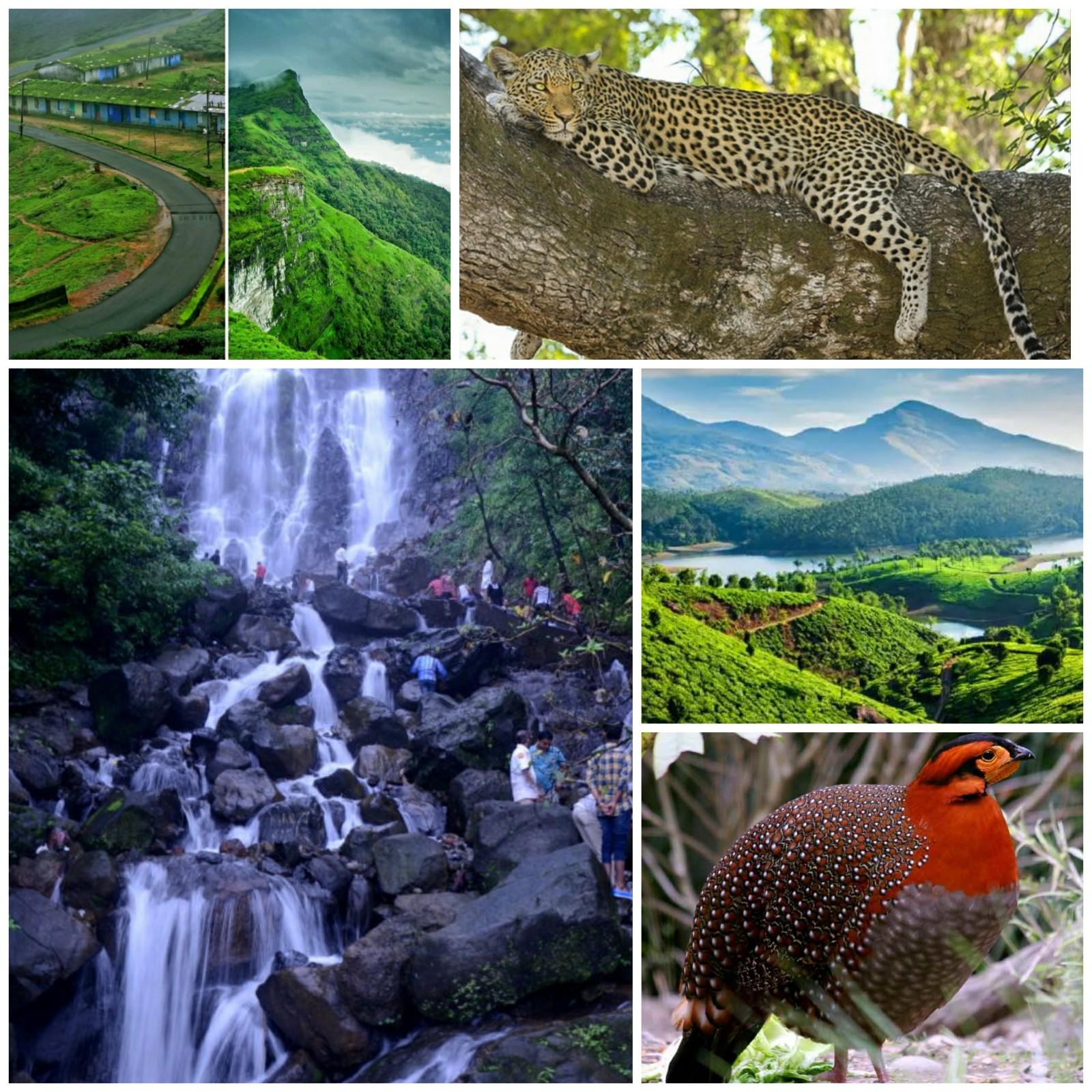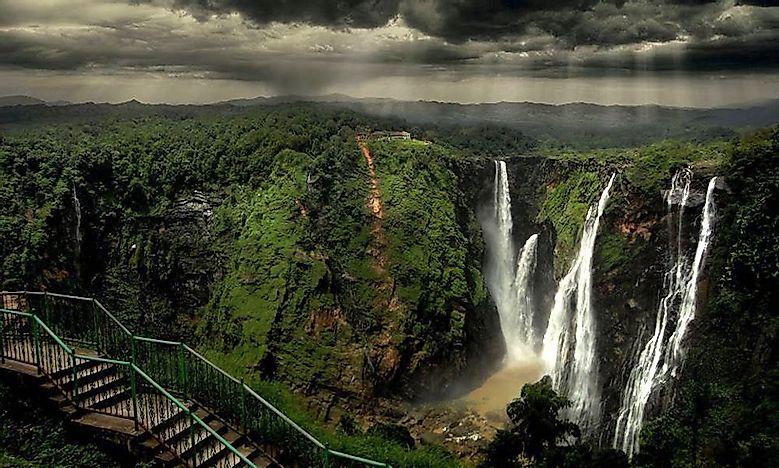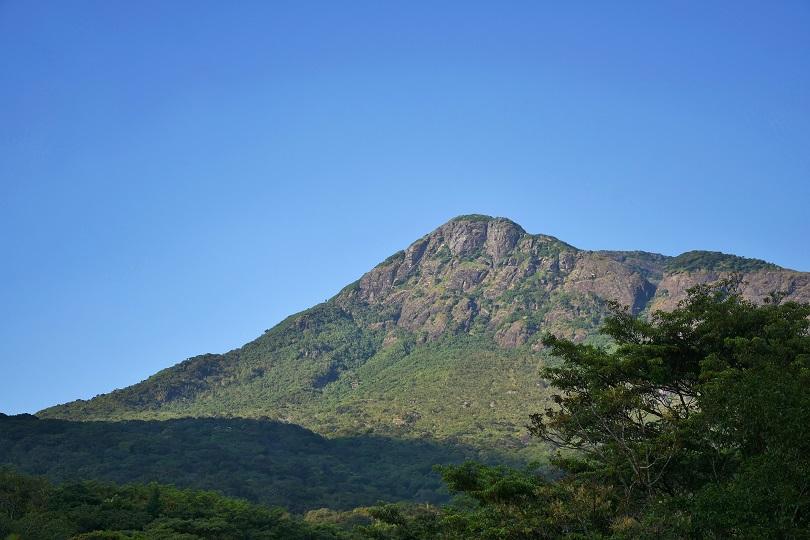Table of Contents
Western Ghats
The Western Ghats is a mountain range that runs along the western coast of India, covering a distance of over 1,600 kilometers. This range is one of the most biologically diverse regions in the world and is home to a wide variety of flora and fauna. The Western Ghats have been recognized as a UNESCO World Heritage site in recognition of its outstanding biodiversity.
Western Ghats: Geography and Climate
The Western Ghats is a mountain range that runs parallel to the western coast of India, stretching from the state of Gujarat in the north to the southern tip of the Indian subcontinent. The range is a part of the Sahyadri mountain range and is divided into several smaller ranges, including the Anaimalai Hills, Nilgiri Hills, and the Cardamom Hills.
The Western Ghats is known for its high rainfall and is responsible for the monsoon season in India. The region receives an average annual rainfall of 2,500 to 3,000 mm. The monsoon season in the Western Ghats begins in June and lasts until September. The region’s climate is tropical and is characterized by hot and humid summers and mild winters.
Western Ghats: Biodiversity
The Western Ghats is one of the world’s top biodiversity hotspots, with a wide variety of plant and animal species found in the region. The range is home to over 5,000 species of flowering plants, 139 mammal species, 508 bird species, 179 amphibian species, and 6,000 insect species. The Western Ghats is also home to several endangered species, including the Nilgiri tahr, Lion-tailed macaque, and the Malabar giant squirrel.
The Western Ghats is also home to several endemic species, meaning they are found nowhere else in the world. The range is home to over 325 endemic species of plants and 160 endemic species of animals. The region’s high level of endemism is due to its isolation from other mountain ranges and its unique topography, which has created diverse micro-habitats.

Western Ghats: Importance and Threats
The Western Ghats plays a vital role in the region’s ecology, providing important ecosystem services like water supply, carbon storage, and soil conservation. The range is also an important source of livelihood for millions of people who live in the region, who rely on the forests for timber, fuelwood, and medicinal plants.
Despite its importance, the Western Ghats faces several threats, including deforestation, habitat destruction, and fragmentation. The region is also facing increased pressure from human activities, including agriculture, mining, and infrastructure development. Climate change is also posing a threat to the region’s biodiversity, with changes in temperature and rainfall patterns affecting plant and animal populations.

Western Ghats: Conservation Efforts
Several conservation efforts have been initiated to protect the Western Ghats’ unique biodiversity. The Indian government has designated several protected areas in the region, including national parks, wildlife sanctuaries, and biosphere reserves. These protected areas provide a safe haven for several endangered species and help preserve the region’s ecological integrity.
Several non-governmental organizations are also working towards the conservation of the Western Ghats. These organizations work with local communities to promote sustainable livelihoods and reduce the region’s dependence on forest resources. They also conduct research on the region’s biodiversity and advocate for the protection of the Western Ghats.
Western Ghats: Highest Peak
The Western Ghats, also known as Sahyadri, is a mountain range that runs parallel to the western coast of India, covering six states, from Gujarat in the north to Kerala in the south. The mountain range is known for its rich biodiversity and is recognized as a UNESCO World Heritage Site. One of the most prominent features of the Western Ghats is its numerous peaks, the highest of which is Anamudi.
Anamudi, which translates to “Elephant’s Forehead” in Malayalam, is the highest peak in the Western Ghats, standing tall at 2,695 meters (8,842 feet). Located in the Indian state of Kerala, the peak is part of the Eravikulam National Park and the Anamudi Shola National Park. Anamudi is also the highest peak in South India and the highest point in India outside the Himalayan mountain range.

The peak’s distinctive shape, resembling an elephant’s forehead, is due to the presence of a large rocky outcrop at the summit. Anamudi is a popular trekking destination and attracts adventure enthusiasts from around the world. However, trekking to the summit is restricted, and visitors can only go up to a certain point due to environmental concerns and safety reasons.
Anamudi’s biodiversity is exceptional, with a variety of endemic flora and fauna. The mountain is home to the endangered Nilgiri Tahr, a species of mountain goat found only in the Western Ghats, and the rare Neelakurinji, a flower that blooms once in 12 years. The mountain’s vegetation comprises a mix of evergreen forests, shola-grasslands, and montane grasslands.
The Western Ghats, including Anamudi, has been under threat due to increasing human activities such as deforestation, mining, and land-use change. To protect the region’s biodiversity, several conservation measures have been taken, including the establishment of national parks and wildlife sanctuaries, and efforts to reduce human activities in ecologically sensitive areas.
In conclusion, Anamudi, the highest peak in the Western Ghats, is a unique and biodiverse mountain that is home to several endemic species. The mountain’s natural beauty attracts tourists and trekkers from around the world, making it a popular destination for adventure enthusiasts. However, the need to protect the mountain’s ecosystem from human activities is of utmost importance to preserve its unique biodiversity for generations to come.

Western Ghats: The Biodiversity Hotspot
The Western Ghats is one of the world’s most biologically diverse regions, with a unique collection of plant and animal species. The region’s high level of endemism makes it a crucial area for conservation efforts. While the Western Ghats faces several threats, concerted efforts by the government and civil society organizations can help protect this ecological treasure for future generations.



 TSPSC Group 1 Question Paper 2024, Downl...
TSPSC Group 1 Question Paper 2024, Downl...
 TSPSC Group 1 Answer key 2024 Out, Downl...
TSPSC Group 1 Answer key 2024 Out, Downl...
 UPSC Prelims 2024 Question Paper, Downlo...
UPSC Prelims 2024 Question Paper, Downlo...




